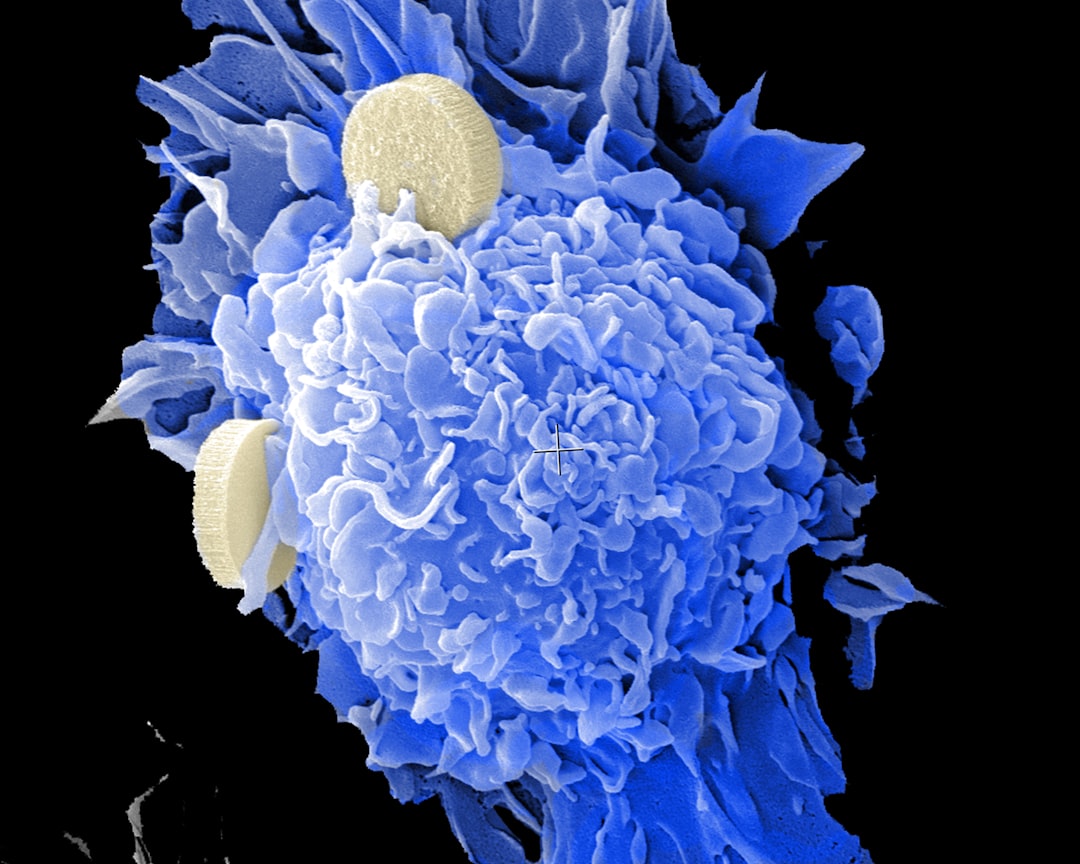What is it about?
As we know that pollution level in urban areas has reached an alarming stage. One reason is that more and more people use cars and the other vehicle on the highway. APB is not only as a means of transportation, sports and fun but it can also be used as a dirty air filter. APB can produce clean air which is not only useful for APB users but also benefits to the environment where the APB passes through.
Featured Image

Photo by Ramazan Tokay on Unsplash
Why is it important?
Earth's damage from pollution can be slowed if we can do something that is useful for the environment. Our findings show that if it continues to be developed it will be useful for the life of humanity.
Perspectives
This is the time to do good to humanity. By using APB, people can contribute clean air to their environment. About optimism: Air requirement per person 600 liter/hour = 166.67 cc/second. To pass the pipe diameter 35 mm, it only takes a speed of 17.33 cm/sec. = 0.17 m/s. If the APB can get air velocity 2.27 m/s it is proportional to 2.27: 0.17 = 13. So 1 APB is equivalent to 13 people. Just info, it is used anemometer to measure the air velocity enter the head cup of APB. Still used rear wheel, the pedal is moved by hand. This means that one person drive, like he was wearing a mask for 12 other people. (This is still a rough count, static position, not the influence of the front wheel and the effects of the speed of the bike and the like). You check the video in you tube: 1. Bicycle operations: https://www.youtube.com/watch?v=ct7TSDFo0hY 2. Air flow testing: https://www.youtube.com/watch?v=fBDYYHVoMgA
Bambang Iskandriawan
Institut Teknologi Sepuluh Nopember
Read the Original
This page is a summary of: Air purifier bike design and prototype as a short distance transportation plus an effort to downgrade the level of air pollution concentration in towns, IOP Conference Series Materials Science and Engineering, December 2019, Institute of Physics Publishing,
DOI: 10.1088/1757-899x/673/1/012108.
You can read the full text:
Resources
Contributors
The following have contributed to this page










